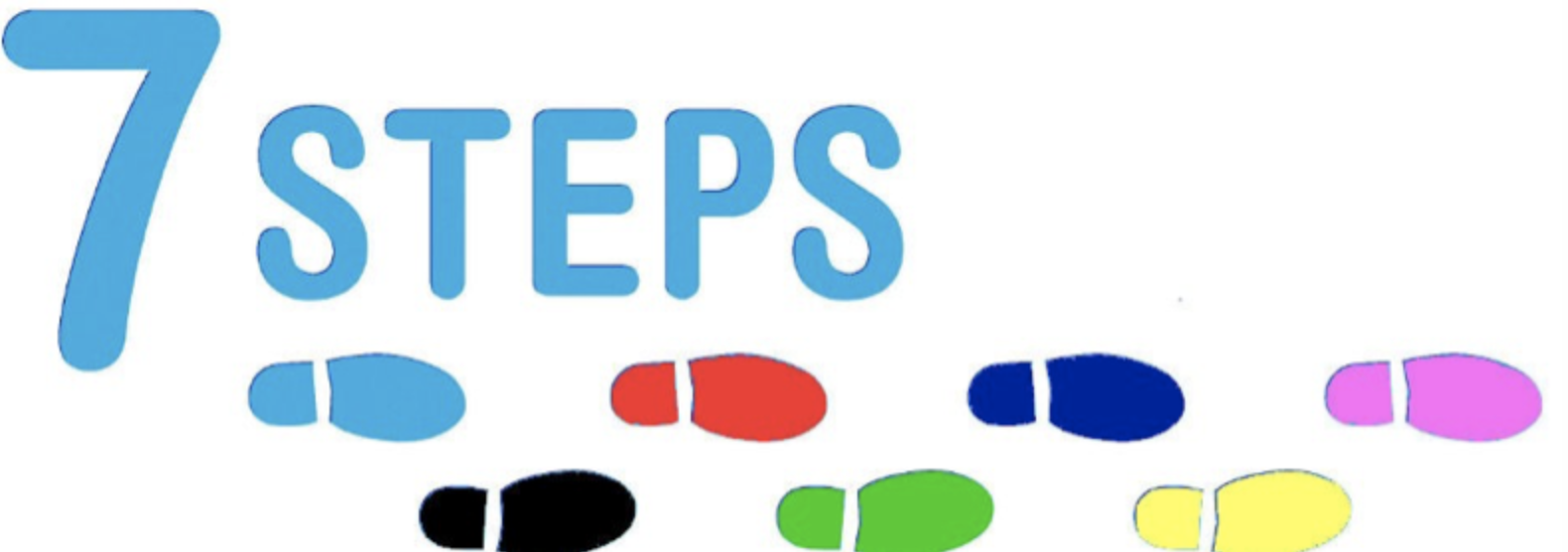Seidlitz Step 4: USE TOTAL RESPONSE SIGNALS TO CHECK FOR UNDERSTANDING
The book explains that total response signals are cues students use to indicate they are ready to respond to a question or ready to move on to new material…they allow students to prepare for participation in a non-threatening way. What makes this a powerful way to get students’ attention? Physical movements are connected to mental processes.
The three elements are:
- TOTAL: This means every student in the room
- RESPONSE: Everyone makes a decision; this is instant ongoing assessment
- SIGNAL: Is clear enough for the teacher to immediately survey
The four basic types of response signals are:
- WRITTEN: Use of sticky notes, white boards, cards, etc.
- READY RESPONSE: Sit, stand, pencil down, thumbs up
- MAKING CHOICES: Thumb up or down, A/B/C/D, move to a spot
- RANKING: shows relative agreement (from 1-5 fingers, clap “x” times)
Additional Tips:
- If students don’t respond, rephrase or clarify and repeat the question.
- Give adequate wait time, and provide a signal for all to answer at the same time.
- Novelty is good; variety keeps it fresh. Randomize after a response signal- sometimes allow partner talk, and other times do not. Keep them on their toes. (Remember, students can refer to Step 1: “What to say instead of I don’t know” if they legitimately need support.)
